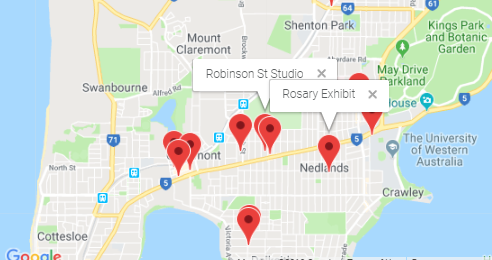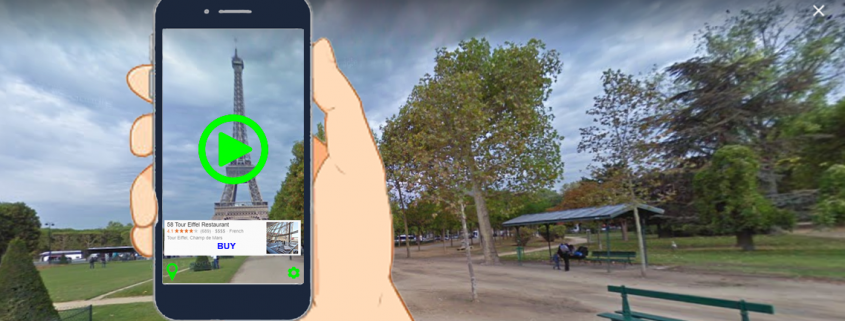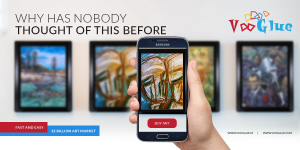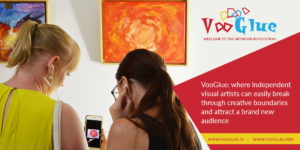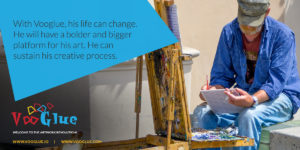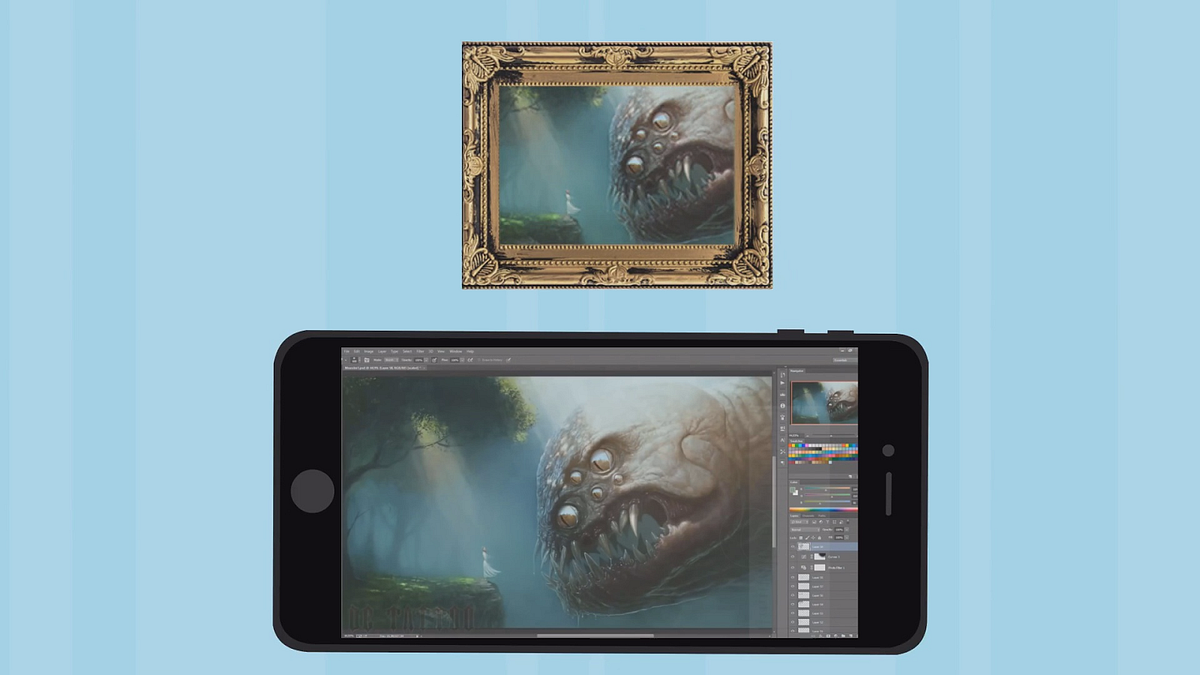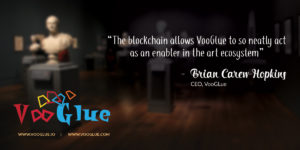You are here: Home / Blog / Art and Technology
https://vooglue.io/wp-content/uploads/2018/05/2018-05-01_1742.png
260
492
admin
https://vooglue.io/wp-content/uploads/2020/03/corporate-logo.png
admin2018-05-04 04:14:322018-05-04 04:48:03Announcing Another VooGlue Site
https://vooglue.io/wp-content/uploads/2018/04/vooglue-big-picture-1.png
459
1137
admin
https://vooglue.io/wp-content/uploads/2020/03/corporate-logo.png
admin2018-04-04 03:17:482018-05-04 03:47:30VooGlue Big Picture
https://vooglue.io/wp-content/uploads/2020/03/corporate-logo.png
0
0
Graham Stone
https://vooglue.io/wp-content/uploads/2020/03/corporate-logo.png
Graham Stone2018-03-14 01:03:272018-03-14 01:03:27Lessons From the World’s Largest Multi-Year Collaborative Blockchain Research Programme
https://vooglue.io/wp-content/uploads/2020/03/corporate-logo.png
0
0
Graham Stone
https://vooglue.io/wp-content/uploads/2020/03/corporate-logo.png
Graham Stone2018-02-21 02:32:542018-02-21 02:32:54VooGlue Focuses on Burgeoning OTC Art Market
https://vooglue.io/wp-content/uploads/2020/03/corporate-logo.png
0
0
Graham Stone
https://vooglue.io/wp-content/uploads/2020/03/corporate-logo.png
Graham Stone2018-02-09 05:31:022018-02-09 09:26:33How the Decentralization Movement Will Change the Art World
https://vooglue.io/wp-content/uploads/2020/03/corporate-logo.png
0
0
Graham Stone
https://vooglue.io/wp-content/uploads/2020/03/corporate-logo.png
Graham Stone2018-01-27 08:02:322018-02-09 05:05:13VooGlue Team Shares Thoughts on Project

